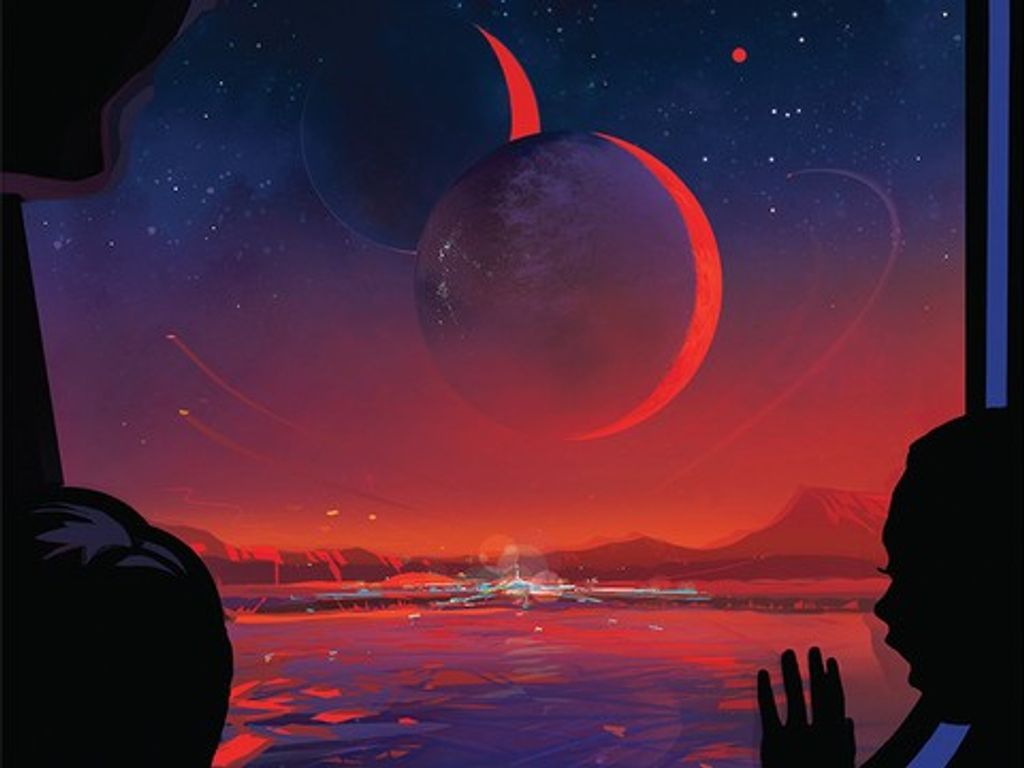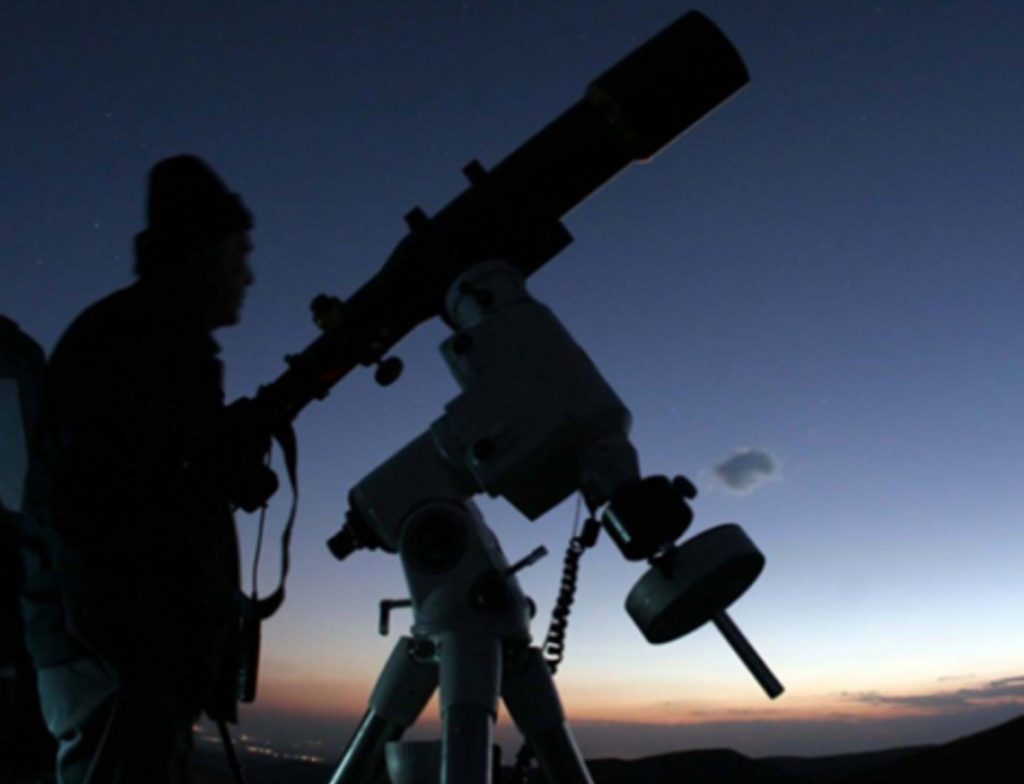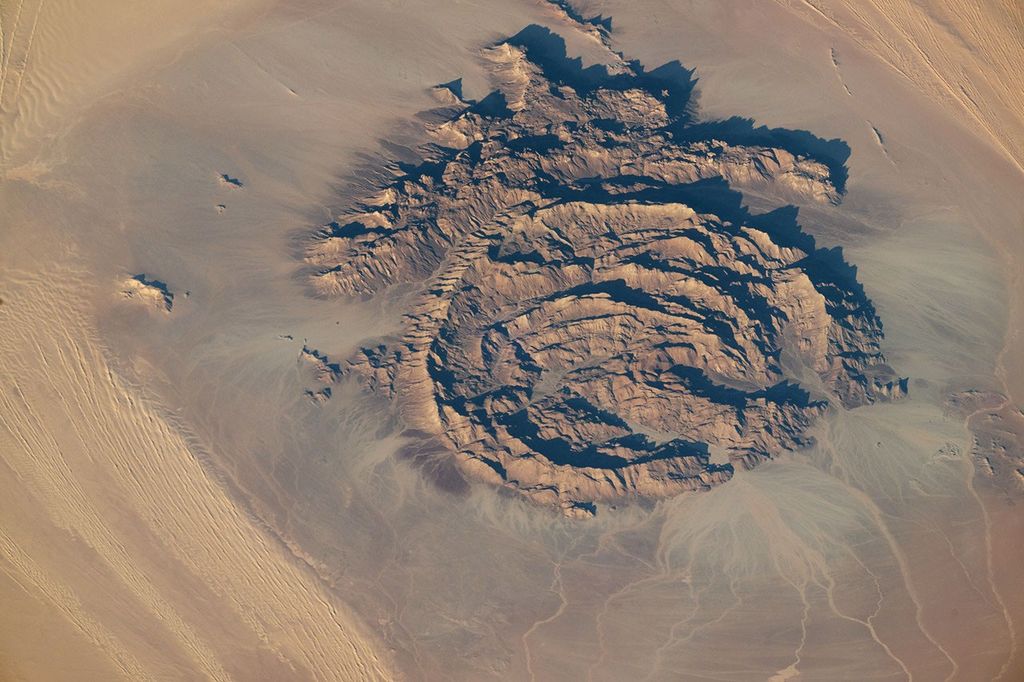What Is the Center of Our Galaxy Like?
This region is thick with stars and contains a supermassive black hole.
We tend to think of our experience in the Orion Spur of the Milky Way as typical. Even in science fiction films, when traveling between stars, every sky looks the same. In reality, our galaxy isn’t quite so uniform.
Get video details and downloads, or download video captions (no audio, VTT, 123 B), and transcript of the audio description (Word Doc, 19 KB)
We tend to think of our experience in the Orion Spur of the Milky Way as typical. Even in science fiction films, when traveling between stars, every sky looks the same. In reality, our galaxy isn’t quite so uniform.
If we lived in the center of the Milky Way, we would look up at a sky thick with stars, up to 1 million times denser than we’re used to seeing. The closest star to our Sun is about four light-years away. In the center of the galaxy, stars are only 0.4 to 0.04 light-years apart. In the inner 10,000 light-year region of the Milky Way, the galaxy’s spiral arm structure transitions into a dense, spherical “bulge” of stars. At its heart — and the dominant force in that area of the galaxy — is a supermassive black hole approximately 4 million times the mass of the Sun, called Sagittarius A* (pronounced Sagittarius A star).
Sleeping Giant
Sagittarius A* is relatively calm compared to supermassive black holes in other galaxies. Astronomers aren’t sure why this is, and plan to use NASA’s James Webb Space Telescope to help uncover the mystery. Webb’s infrared light-detecting instruments can give us a clearer view of the tightly packed region surrounding the black hole, as well as a more accurate measurement of its mass. Previous research has indicated that the mass of Sagittarius A* ranges on the low end of normal for galaxies the size of the Milky Way. Webb can examine why that is, and the relationship between a black hole and the matter surrounding it, in part by studying supermassive black holes in other galaxies.
Understanding Black Holes
Active galactic nuclei (AGN) are fueled by supermassive black holes actively “consuming” large amounts of infalling cosmic matter, which makes them appear extremely bright. Astronomers plan to test their theories about the nature of AGN by observing the center of the Milky Way and other galaxies with Webb. Are these bright black holes triggered by events occurring within the centers of galaxies, or by mergers between galaxies?
Webb’s investigations of our own galaxy’s central black hole and the relationship between black holes and galaxy evolution could help solve a cosmic chicken-and-egg problem: Did black holes come first and galaxies form around them, or did galaxies form first and develop black holes? Or, did the galaxies and black holes develop together?




























